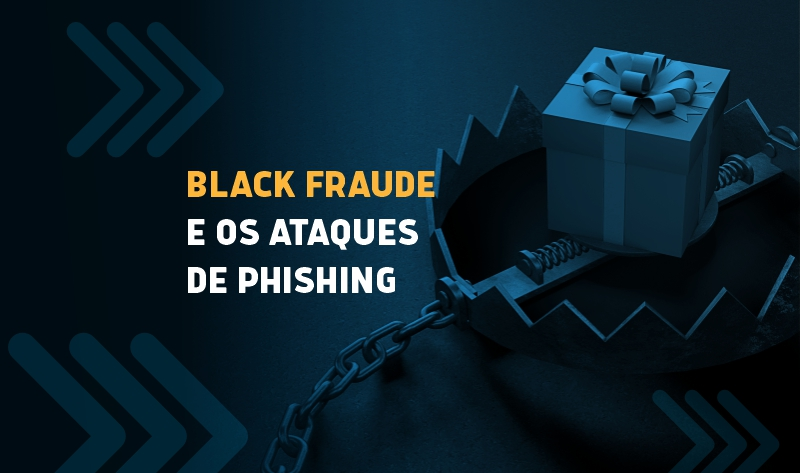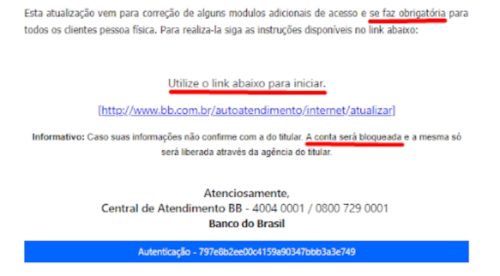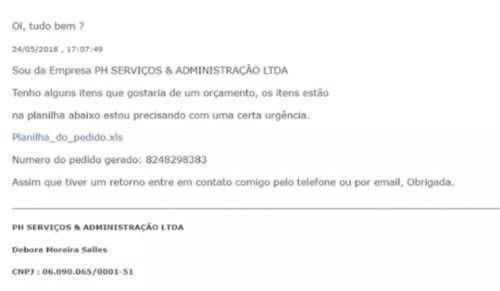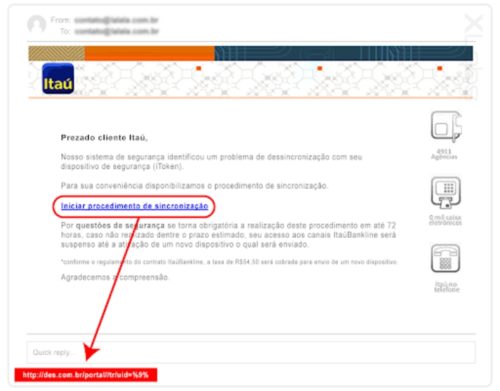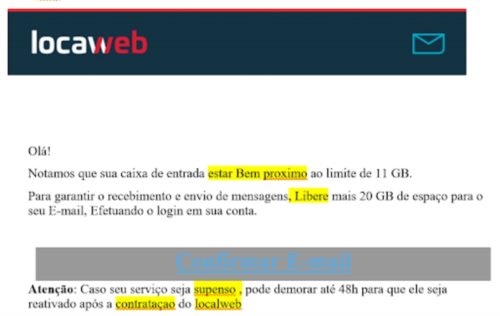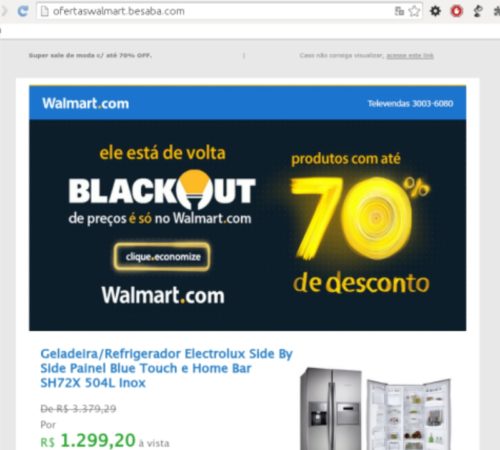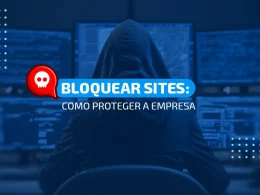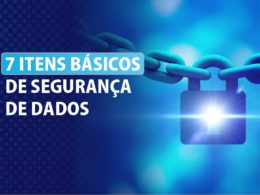We all know Black Friday, whether due to a positive or negative experience (which made the date known as Black Fraud). This year, in Brazil, Black Friday will take place on November 25th , which has generated great anxiety among consumers.
The main strategy of commerce and the market in general at this time is to create great expectations among consumers regarding the discounts and opportunities that will be offered on this date. Due to its proximity to the end of year festivities, Black Friday uses the Christmas hook to sell more.
Due to the culture of celebrating Thanksgiving , which is celebrated on the last Thursday of November, it was established in the United States that Black Friday would be held on the following Friday. The stores' objective is to eliminate all their stocks to offer new products for the holiday season.
Black Friday is certainly a special date
In Brazil, the first time this event was recorded was in 2010. At the time, there was great publicity to increase sales and many consumers took advantage of the opportunities to purchase products with substantial discounts. However, already at its launch, several fraud attempts were detected by stores , such as increasing the value of products on the eve of Black Friday and offering discounts the following day.
This and other abusive practices ended up making the date known as Black Fraud. Many people noticed these scam attempts and started spreading awareness through social networks and other communication channels with the aim of warning other consumers. For this reason, the term “pejorative” gained even more visibility, becoming an even greater reference than the objective of the event itself.
Although it represents a great opportunity for consumers to purchase products and services at a huge discount, it is very important that people remain alert at this time of year. In this case, not only fraud regarding the value of products, but also the risks to information security that this event can favor. Take a look at this report to better understand how phishing scams can be applied at this time of year:
Phishing vs. craving for discounts
Many regulatory and inspection bodies warn of scam attempts and traps that can be planted during “black fraud”. Many fraudsters take advantage of this time of year to plant traps and obtain confidential data and information , such as personal documents, credit card numbers and confidential information related to companies (such as tax data, employee registration, financial reports, among others).
For this reason, even though there is a great desire for discounts, people need to be very careful about the risks during Black Friday . It is necessary to pay attention to incoming emails and messages , especially when they contain redirect links or download attachments.
This content is a real trap for users, created exclusively to collect data fraudulently and encourage different types of scams. Cybercriminals create fake pages identical to the originals to deceive users or disguised emails that can mislead victims, so that they end up providing confidential information.
This practice is known as phishing , and has been used since the 90s, when the internet began to gain notoriety. During Black Friday, criminals take advantage of consumers' desire for discounts and promotions and end up creating fake emails, banners and websites to collect information and carry out scams. For this reason, it is very important that consumers know how to differentiate what is real and what could be an attempt at fraud.
How to identify fraud in “Black Fraude”?
Phishing is one of the most common scams during this time of year , putting confidential information and bank details at risk. This is because, in their desire to obtain discounts and interesting opportunities, customers often do not pay attention to the pages they are accessing.
Although PROCON provides a robust list of malicious websites to protect customers, it is essential that users pay attention to some details that help identify fraudulent websites. For example: it is very common for criminals to create pages identical to the original , placing a very similar domain, changing just one letter to make it as realistic as possible.
Due to the immense number of phishing scams that are carried out at this time, users should pay close attention to the websites accessed and content received that appear suspicious. Here are some tips to identify possible traps and fraud attempts:
1. Many cybercriminals use senders present in the victim's own contacts so that the content sent conveys security. For this reason, even if you know the sender, be wary of content that seems too personal or that comes from people with whom you are not in frequent contact.
2. To get users to access the links and attachments sent in a phishing email, cybercriminals create threatening content. These messages are written with a threatening and imperative tone, in order to make the victim fall for the scam. An example of this are “Security Warning” emails, which request the user to access their account immediately , or change their password due to an imminent risk of invasion.
3. Unexpected and unusual attachments are a big sign that it is a phishing attempt. During Black Friday, criminals send discount coupons, shopping vouchers, invoices, order confirmations, among other maneuvers to deceive users.
4. Pay close attention to the links and redirect pages present in the emails you receive to check whether they are legitimate pages.
5. Check the email for any grammatical errors , which are very common in this type of trap.
6. Using sponsored links , cybercriminals can make their fake pages occupy a prominent position in search engines. For this reason, when searching for a website or store, carefully check the address you enter to avoid landing on a fraudulent page.
With this great expectation surrounding the promotions, opportunities and discounts provided by the store, many users end up showing impulsive behavior when accessing pages and providing their data. When this access is carried out during working hours, this behavior can cause numerous losses for the company .
With so many threats present on the internet, putting the information and confidentiality of data stored by the company at risk, it is essential to look for strategies and tools that allow you to guarantee greater security for your business.
How to protect the company against phishing during this period?
It is extremely important that the company has an internet usage policy that helps raise awareness among employees regarding the correct and safe use of the company's internet.
As we have seen, due to the cunning traps that are planted during “Black Fraud”, it is necessary to have tools that help increase the security of company and employee data and information. An example of this is the internet control and blocking tool that helps prevent phishing scams and the consequences caused by this strategy.
This means that, with the help of this tool, the company can manage internet access patterns and block content that may pose a risk to the company's data and security, such as social networks, e-commerce sites, e- personal emails, among others.
Website blocking may be the best solution
As you have noticed, phishing attacks are almost always accompanied by malicious links , which, when clicked, can cause major problems for your company. The best solution to avoid any clicks is certainly blocking websites and domains considered harmful .
In short, when using an internet access control tool, all access to websites such as those in the examples above will be automatically blocked by the tool, making it impossible for digital criminals to take possession of the data and information of the company or the user who performs the access.
See below a very short video that shows Lumiun Box , a Brazilian internet access control solution aimed at small and medium-sized companies:
With a simple and intuitive interface , you can block website categories in a few clicks.
Download the full Lumiun Box presentation and Lumiun Box more about the solution.
Until later!




